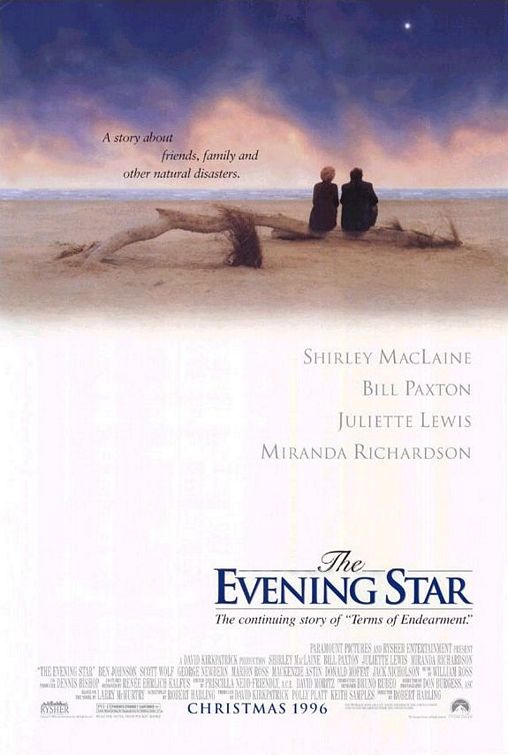Sam wrote:alter-ego wrote:The picture shows exaggerated elliptical orbits to more clearly answer your question.
Wow, that picture really helps, thanks!

However, I also found this page:
http://homepage.mac.com/andjames/PageVenus003.htm wrote:The general geometry of how the dichotomy occurs is easy to understand. It is where the inferior planet’s position is at right angles to the Earth and Sun near the time of maximum elongation, and somewhere between 45° and 47°. One common misconception is that dichotomy exactly corresponds with the greatest elongation East (or West) of the Sun. This is not true, and the reasons for this disparity are the different eccentricities of the two independent orbits of Venus and Earth. When Venus has its greatest elongation east or west of the Sun, the predicted time of dichotomy can be either slightly early or later.
Often these differences never exceed more than one day, but this is independent of the four-day difference between the observed and predicted dichotomies.
For reasons, which are still uncertain, the predicted time of the Dichotomy of Venus or
Schröter Effect is never the same as the observed event. This difference averages about four to six days earlier or later than expected, depending on the Sun’s side that Venus (or Mercury) is placed. For example, the eastern elongation was predicted for the afternoon of 10th June 1999, this suggests the observed 50% phase will be more like the 4th or 6th June.
Where are those extra 2-5 days coming from?
Thanks for the follow-up. I must admit I was not aware of this, but I'm certain there is no magic in the explanation, it should come down to understanding the details more completely, and there may not be only one answer. I'll share my thoughts:
- Observational clarity of the dichotomy (straightness of the terminator) has some uncertainty, and Venus' atmosphere is not a hard-surfaced, perfectly spherical billiard ball. Therefore there may be some bias due to the atmosphere and how it attenuates sunlight, which brings me to my next thought,
- The simple geometry model assumes a spherical planet (I believe). We do know one interesting behavior; there are almost exactly 5 (5.0001) Venusian solar days between each closest approach to Earth (i.e. Earth sees the same side of Venus at each closest approach). In my mind, this apparent "
tidal locking" with Earth raises a big question wrt the dichotomy: Is there enough of a transient (but resonant) gravitational effect that can change the shape (surface and or atmosphere) enough to cause an observable curved terminator near greatest elongation? I do know that
Mariner V revealed a small apparent oblateness which counters this suggestion, but I mention it anyway because, like the dichotomy problem, "tidal locking" is not well understood either. I am open for a connection between the two phenomena.
Those are my best on-the-fly speculations.
 Young Moon Meets Evening Star
Young Moon Meets Evening Star

